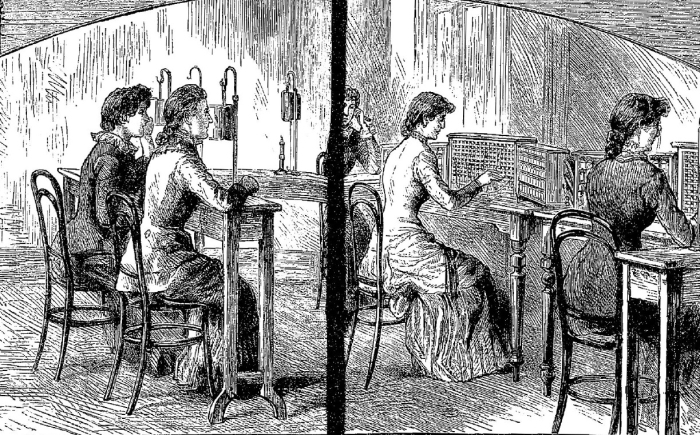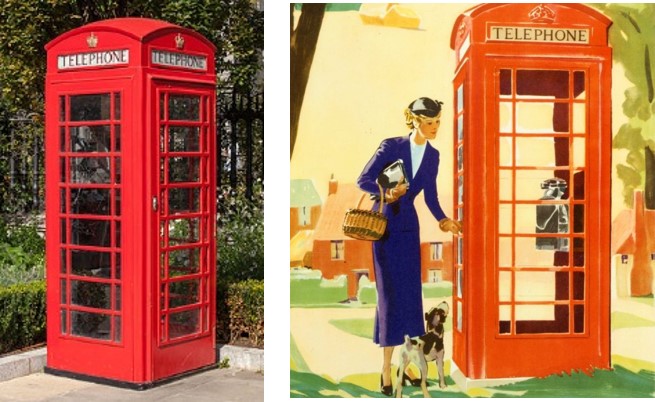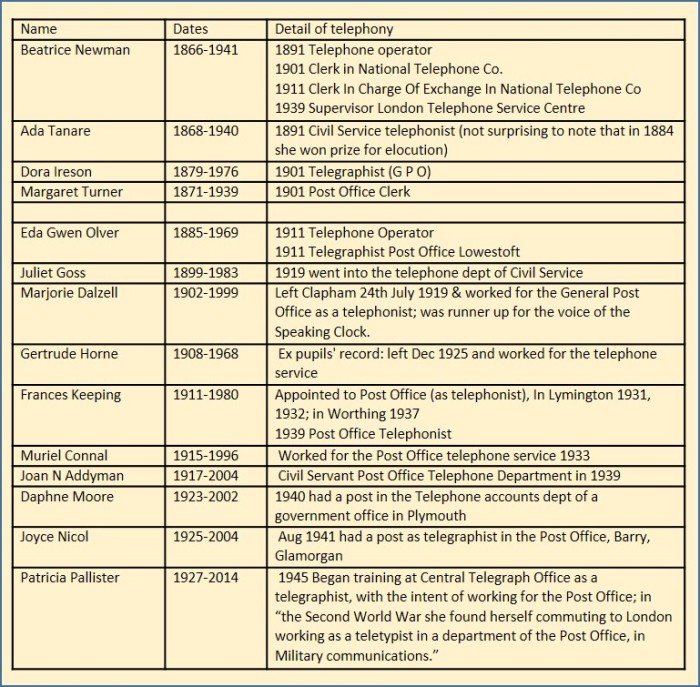
http://blog.dialpad.com/blog/the-life-of-a-call-part-one-the-historical-telephone
When Alexander Graham Bell uttered the words “Mr Watson, come here. I want to see you”, generally accepted to be the first spoken via telephone apparatus, who could have imagined the transforming effect that this would have on the world? Certainly not Elisha Gray to whom is attributed
“As to Bell’s talking telegraph, it only creates interest in scientific circles, and as a toy it is beautiful; but … its commercial value will be limited.”
Of course, there may have been some professional rivalry behind the remark as Gray is one of a number of inventors credited with having invented the telephone for which Bell alone is credited by history.
But Gray was not the only one who thought that Bell’s invention was of limited commercial value. Shortly after the device had been patented, Western Union were offered the rights to the telephone for $100,000. In one of the world’s worst commercial decisions, they turned it down arguing that Bell’s proposal to have an instrument in every home and business was absurd.
“The central exchange alone would represent a huge outlay in real estate and buildings, to say nothing of the electrical equipment … any development of the kind and scale which Bell so fondly imagines is utterly out of the question.”
Bell formed the Bell Telephone Company in 1877 and it was an instant success. In 1878, Western Union, realising they had made a big mistake, offered Bell $25 million for his invention but by then Bell was no longer interested.
And what has this to do with RMS? Well, hold the line please, caller and all will become apparent.
Alexander Graham Bell had been born in Edinburgh in March 1847. 29 years later, also in March, he patented the invention that made him a household name. The Bell family had emigrated to Canada in 1870 and then, in 1872, Bell had moved to Boston. His ‘day job’ was as a teacher of the deaf. It might seem at first ironic that an instrument that relies entirely on sound should have been invented by someone who worked with those who could not hear sounds at all but, in fact, it was because of his work that the device was developed. It “led him to investigate the artificial reproduction of vowel sounds, resulting in a study of electricity and magnetism, and ultimately the development of the telephone.” http://www.britishtelephones.com/histuk.htm
Sir William Thompson, later Lord Kelvin, brought the telephone back across the Atlantic. Unlike Gray, he saw its commercial potential and described it as ‘the greatest by far of all the marvels of the electric telegraph’. Within a decade of Bell’s patent, 150,000 telephones had been installed in US homes along with the infrastructure that enabled telephone calls to be made (direct dial was a good way off yet). The telephone exchange was the means of connecting one caller with another. Originally, male operators were employed but it quickly became established that the female voice was preferred.
‘Known colloquially as “hello girls”, young unmarried white women were hired almost exclusively as telephone operators across the country during the late nineteenth and early twentieth centuries. Women were considered to be naturally more polite than men, and it was thought that their “voice with a smile” would appeal to male telephone users.’ https://oregonhistoryproject.org
Emma Nutt became the world’s first female operator, working at the telephone exchange in Boston. Because ‘customer reviews’ were so good, in time the role of the telephone operator became almost exclusively female.
“Female bluestocking employment in telephone companies soared, particularly during the First World War. This was an important step in the history of female employment as it demonstrated women were equally capable of secretarial duties as men.” https://owlcation.com/humanities/history-of-the-telephone-system-uk
The first public telephone exchange in England was in 1879. It was in London and connected only a small number of telephones. However, such is the rapidity with which the use of the telephone escalated that by the end of that year, many more cities had their own exchanges.

Operators at an early telephone switchboard, requiring two operators to connect a call: ‘Switch Room of a Central Office Worked by Slipper Board System’, ‘The Telephone Exchange in London’; used in an article By Dr M Kay Troublesome telephony: how users and non-users shaped the development of early British exchange telephony.

The domestic end was connected by apparatus which, to us, seems cumbersome.

All of those are in fact modern reproductions as can be seen by the inclusion of a dial but they serve as exemplars. In order that members of the public without telephones at home could make calls, public telephones were created. One of the first was in Bristol in 1886.
‘It was basically a small wooden hut where a three-minute call could be made for just ‘tuppence’ (a little under 1p). Not all early payphones had a coinbox built into them; some of the kiosks had a penny-in-the-slot mechanism on the door, while others had an attendant to collect the fee.’ http://www.britishtelephones.com/histuk.htm
It wasn’t until 1924 that the familiar red telephone box appeared. Designed by Sir Gilbert Giles Scott (who originally wanted them to be silver in colour), the K6 or Jubilee design became a familiar sight on the streets and is instantly recognisable.

(Drawn image from http://www.bbc.co.uk/news/uk-england-36148287)
The concept of a telephone kiosk, or booth, is so familiar that it appears in song lyrics without needing explanation.

The concept of requiring an operator to effect a call, however, has become something so antiquated that another set of lyrics is immediately dated.

But pop songs aside – Thank you for waiting, caller. Putting you through now – the telephone girls is how this topic relates to RMS pupils. A number of them, upon leaving school, began working in telephony. For some, it was until they married but for quite a few, it was their career. Beatrice Newman, for example, began as a telephone operator but retired as a supervisor in the London Telephone Service. Marjorie Dalzell – once described by friends as ‘an indomitable spirit’ and who, in later life, was a frequent flyer on Concorde – began with the GPO as a telephonist and auditioned for a role as the speaking clock. Had she been successful (she was runner-up), her voice may have been very familiar to many millions of people. She then moved onto the Air Ministry and that became her career.

Given that female telephone operators were quickly preferred to men, the ‘voice with a smile’ being preferred by telephone customers, it is interesting to note that Ada Tanare had previously won a prize for Elocution before she left school so presumably her voice was particularly clear and pleasant.
There were other pupils too who took up telephony. As they are (as far as we know) still alive their names and details are not given here. To give the flavour of the times, though, one was as a telephonist for the Post Office in 1945 on a salary of 36/- pw. Her hours were 9-6, presumably five days a week.
To give this some perspective, policemen and tram drivers were on £3.10s whereas a school leaver in Sheffield in 1943 was paid 1 pound (20 shillings) for 48 hours. Wages of course were driven by the cost of living. Treats like the cinema cost 2d front stalls, 3d back stalls and 9d circle. Tizer was 3d (but you earned a penny back on the bottle); a 2oz bar of Cadbury’s milk chocolate was 2d, as was a Kit Kat. If you were flashing the cash and had more expensive tastes, a Mars bar cost 6d. On the other hand Wrigley’s spearmint chewing gum was 1d for five pieces. After that lot, a toothbrush (2½ d) and a small tube of toothpaste at 6d might come in handy. Soap bars were 3d or 4d depending on whether you wanted a lady’s soap (Eve toilet soap) or something for all the family (Palmolive). A small box of washing powder cost the same as a Mars Bar so perhaps you had to choose between eating chocolate or being clean. More staple items were a loaf of bread (about 4d); pint of milk 2d; 1lb Jar of Strawberry Jam 11d; a tin of beans 7d; a dozen large eggs 1/6 and 1lb Pork Sausages 1/3d. http://www.worldwar2exraf.co.uk/Online%20Museum/Museum%20Docs/Cost%20of%20living%202.htm
All of this is in ‘old money’ of course where £1 was divided into 20 shillings, and a shilling into 12 pennies. 36 shillings a week wouldn’t stretch far if you had rent to pay and tram/bus fares to find.
All of these girls helped to keep the communication lines open before any direct dialling came and long, long before the advent of mobile phones. What would they make of the modern RMS pupils who would, given half a chance, talk on their phones all day, every day and who utter cries of abject horror when taken on field trips for their exam courses – and find there is no mobile signal! For a whole week! Maybe they need the novelty phone below. On the basis that it can reach places other phone calls can’t reach?? (You may groan in unison.)
